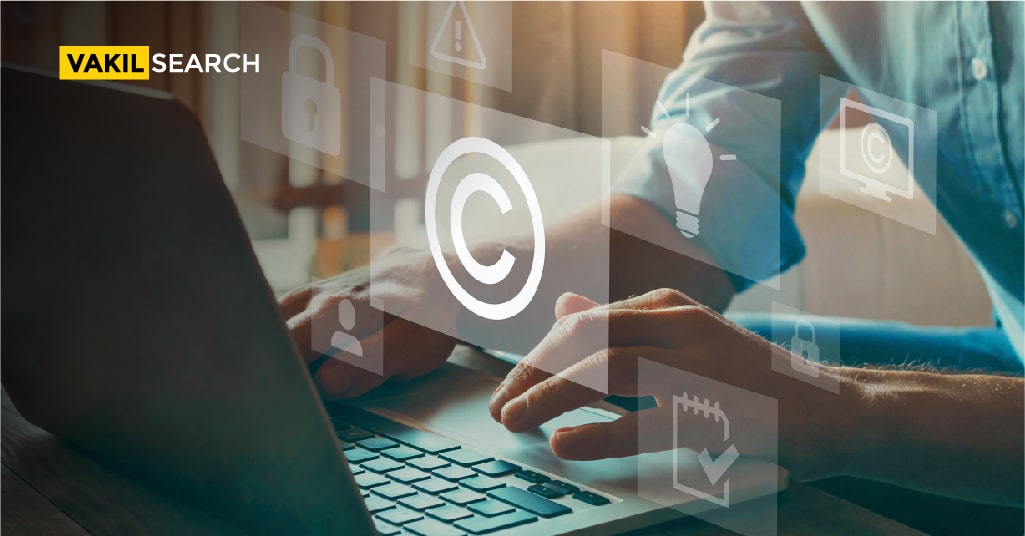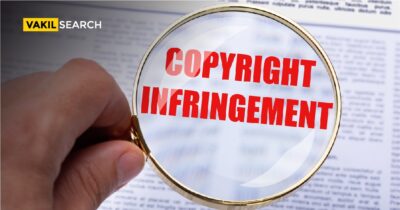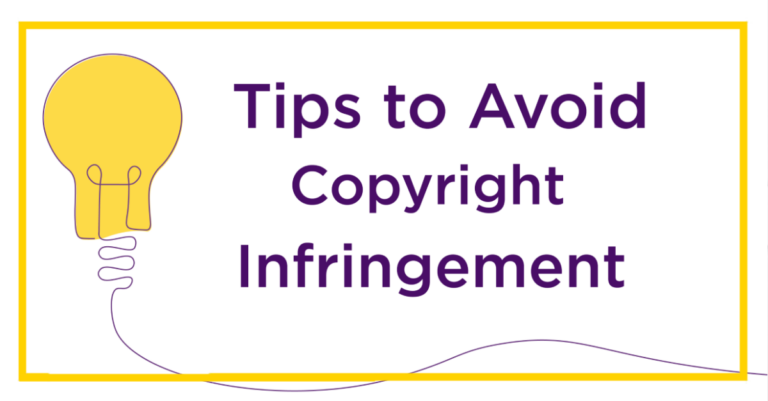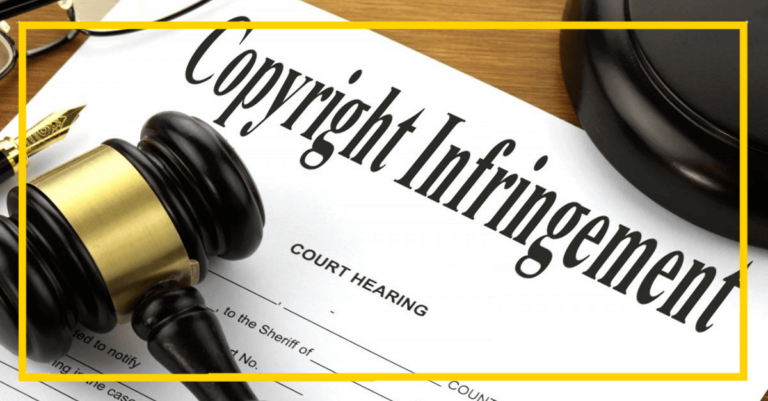Twitter’s recent blocking of India’s IT and Telecom Minister’s account for an hour on the grounds of copyright violations brings into focus India’s own Copyright Act as contextualised for digital media content.
Copyright protection is mandatory if you are willing to own exclusive ownership over a particular creative. It is defined as the right over an original piece of work created and owned by an individual. Copyright protection grants the owner exclusive rights to sell, and reproduce the work. Copyright provides protection over illegal copying or selling of the original work. Now know the rights of a copyright owner in detail.
What is a Copyright?
Copyright is defined as the legal right over an original work owned by an individual. It enables the holder to exclusively reproduce, distribute, perform, and display the copyrighted work.
The said work may include anything under literature, music, art, photography, cinema/film, or even a computer program, etc. Unlike a trademark, a Copyright Application just has a single symbol, i.e., ©. The symbol can be placed on the original piece of work that has been created.
Who Can Apply for a Copyright?
The creator of the work and the person who has obtained rights to the original work can register. If the said piece was created during the time of the employment It’ll be called ‘work made for hire. In such a case, the employee is not considered the author or creator of the work. That title goes to the employer.
If a work has been created by two people, then they get co-ownership of the copyright unless the people concerned want it otherwise. There is no age bar on obtaining a copyright. A minor can register one too. To be more precise three basic set of people can apply for copyright:
- The creator of the work
- Any person claiming to have obtained the ownership rights from the creator of the original work
- An agent who has been authorized to act on behalf of the aforementioned people
What Does a Copyright Protect?
It is a form of intellectual property law, which protects original works under literature, music, art, photography, cinema/film, or even a computer program. The copyright protects most of the works that are available in tangible form, including lyrics to a song, tunes, pictures, graphics, sculptures, pieces of architecture, Copyright in Sound Recordings, drama, choreographed works, parodies, and signatures. All these must be viewed in more depth to get intricate details.
What Is Not Protected by Copyright?
There are various categories of work that don’t fit the bill for copyright:
Work that cannot be fixed in a tangible form, such as unrecorded performances, improvisations, or any other speech or performance that is not written or recorded. The work includes titles, names, short phrases, and slogans; symbols or designs familiar to others; typographic finery, lettering, and coloring techniques, and lists of ingredients or contents. An idea, a system, a method, or an activity as opposed to an explanation, a description, or an illustration. A copyright cannot be registered for facts and figures that are generic property. A few examples include standard calendars, height/weight charts, and information from public documents.
What Are the Rights of the Copyright Owner?
This gives complete and exclusive rights of a copyright owner:
- The owner can choose to reproduce the work and/or authorises someone else to do it
- Any derivative work that comes from the original work is carried out by the owner of the copyright or the authorised person
- The owner can also distribute copies of their work to the public in any form, i.e., sale or transfer of ownership, rent the work, lease the work, etc
- Any of the copyrighted work can be performed and displayed readily in public
- These rights of a copyright owner hold across all platforms, be it literature, music, drama, choreography, cinema, films, audiovisual works.
Can You Use Copyrighted Works Without Permission
The law authorises the use of registered works in libraries, schools, and legislatures as well as for research, study, criticism, review, and news reporting under certain conditions without the owner’s consent. To safeguard the interests of users, some exclusions regarding particular uses of copyrighted works have been established. One can use copyrighted works without permission under the following circumstances.
- For personal study or research
- For review or criticism
- If the performance is being given by an amateur club or society and is being seen by an unpaid audience
- The activity of producing sound recordings of musical, theatrical, or literary works under certain conditions.
Steps Involved
Step 1: Filing the Application
Along with the requisite fee, an application needs to be submitted either in DD/IPO. Once this application is filed, a diary number is generated and issued to the applicant.
Step 2: Examination
There is a minimum wait of 30 days for recording and analysing any objections that may come up against the copyright application
1. In case of no objection
The application goes ahead for scrutinisation by an examiner. This scrutiny gives rise to two options:
In case of the discrepancy found during scrutiny
A letter of discrepancy is sent to the applicant. Based on the reply from the applicant, the registrar conducts a hearing regarding the alleged discrepancy. Once the discrepancies are sorted out during the hearing, the extracts of the same are sent to the applicant for him/her to register the copyright.
In case of zero discrepancies
This would mean that the application fulfils all criteria required for the copyright. The applicant is then given the nod to go ahead. If it is not approved, then the applicant received a letter of rejection.
2. In case of an objection filed
While we listed above the scenarios of ‘no objections’, in case one is faced with an objection, the following take place:
Authorities send out letters to the two concerned parties, trying to convince them to privately resolve the objection. After requisite replies from the third party, the registrar conducts a hearing. Depending on whether the registrar accepts the reply, then proceeds to take shape as previously described.
3. If the application is accepted
The application being accepted means that the objection has been rejected. The application goes ahead for scrutinisation by an examiner. This scrutiny gives rise to three scenarios:
In case of the discrepancy found during scrutiny
A letter of discrepancy is sent to the applicant. Based on the reply from the applicant, the registrar conducts a hearing regarding the alleged discrepancy. Once the discrepancies are sorted out during the hearing, the extracts of the same are sent to the applicant for him/her to register the copyright.
In case of zero discrepancies
This would mean that the application fulfills all criteria required for the copyright. The applicant is then given the nod to go ahead with the registration of the same. (If the registration is not approved, then the applicant receives a letter of rejection)
If the application is rejected
In case this happens, then the applicant receives a rejection letter that marks the end of the registration.
Step 3: Registration
As can be seen from the aforementioned steps, copyright registration solely depends on the registrar. Once everything is cleared from the registrar’s end, the applicant receives the copyright and can legally exercise all rights that come with the owner of that copyright.
Conclusion
Copyright is a form of intellectual property. It is used for registering original content in India. It is registered to protect original pieces of work such as music, art, literature, cinema/film, photography, or a computer program. There are in-depth categories that can be registered for copyright by the creators. It will give exclusive and complete rights of copyright to the owner. You can always get in touch with our copyright expert to file for copyrights.
Read More:-









